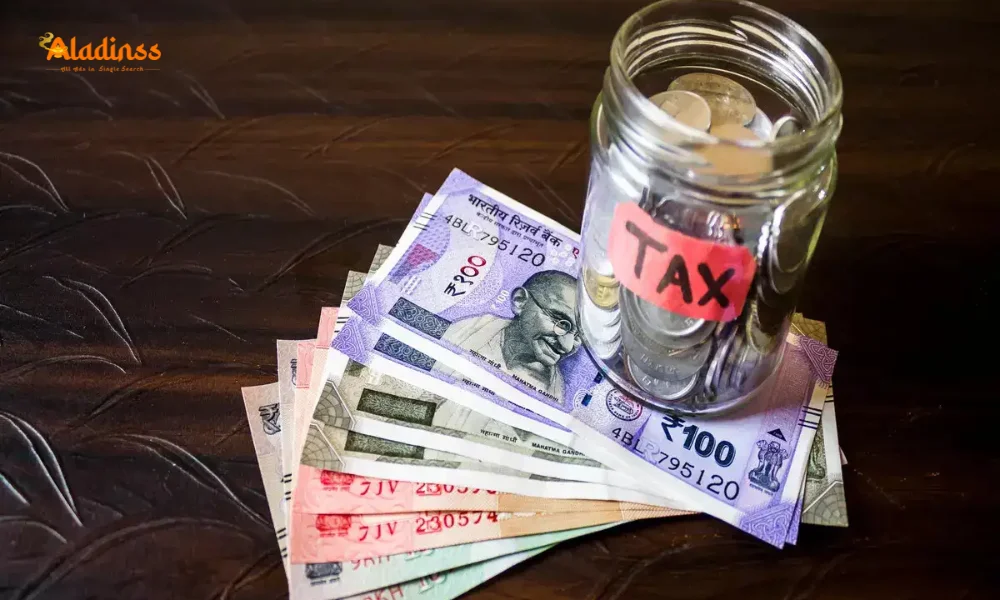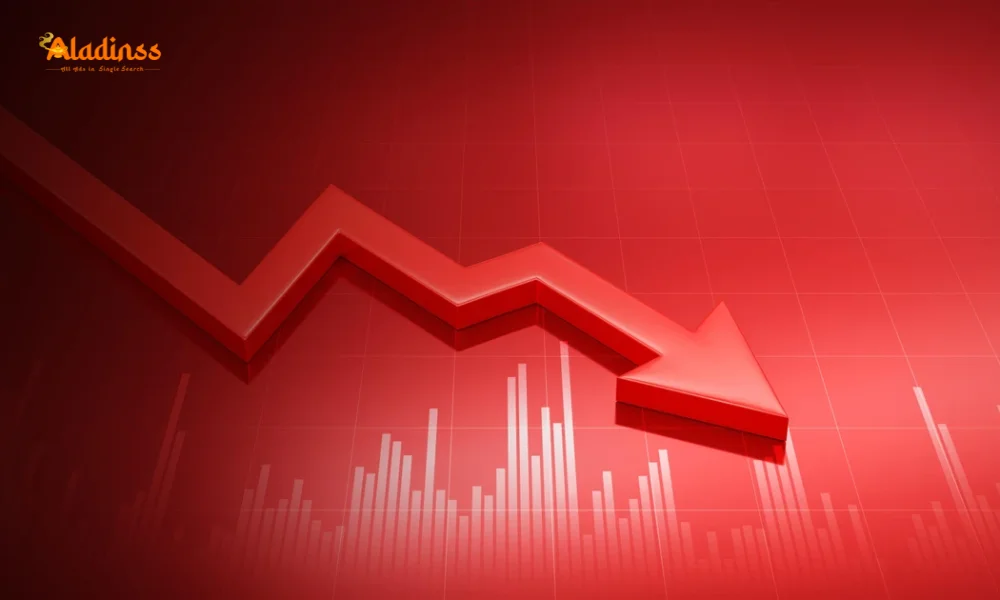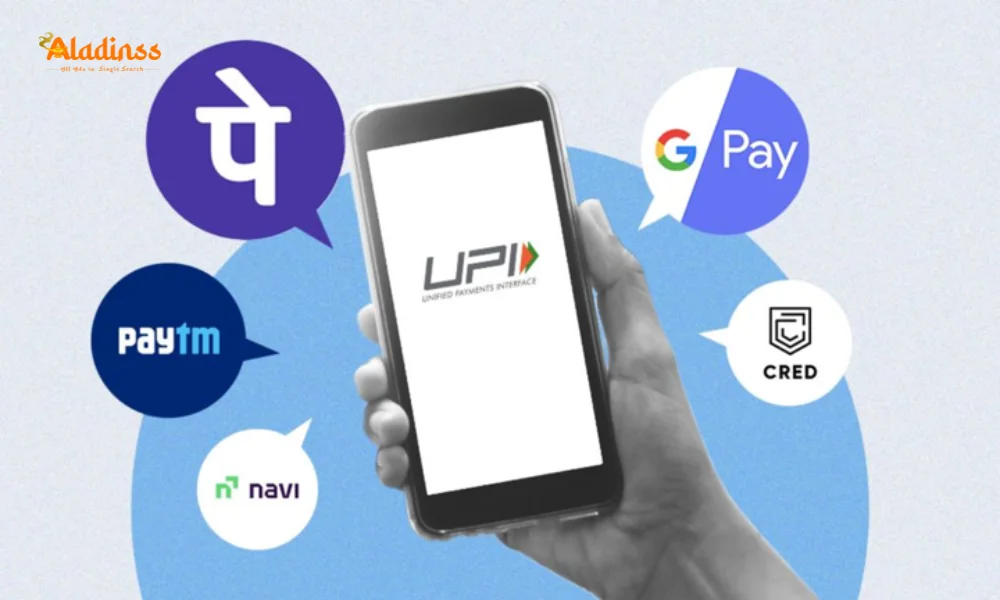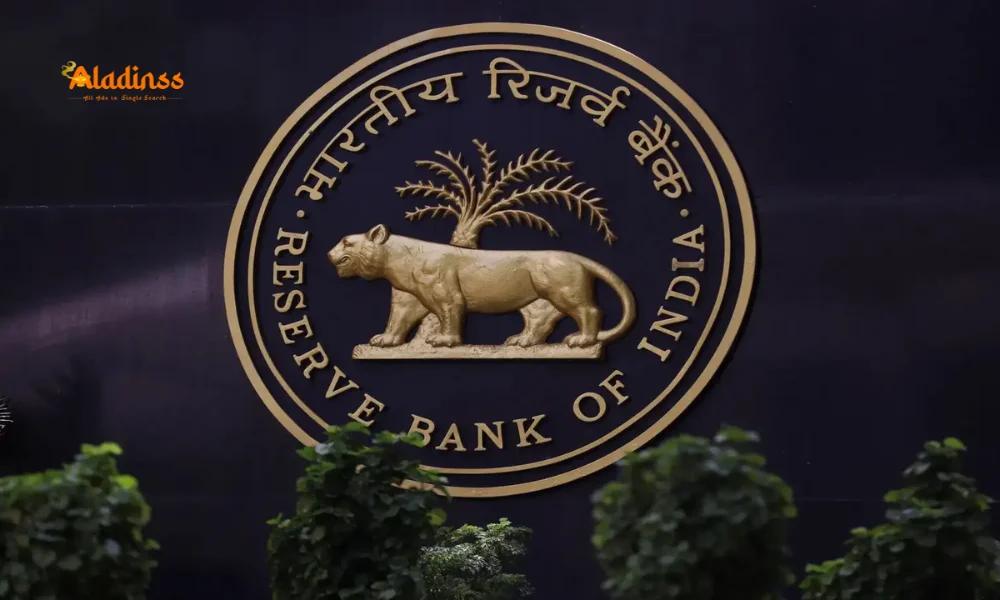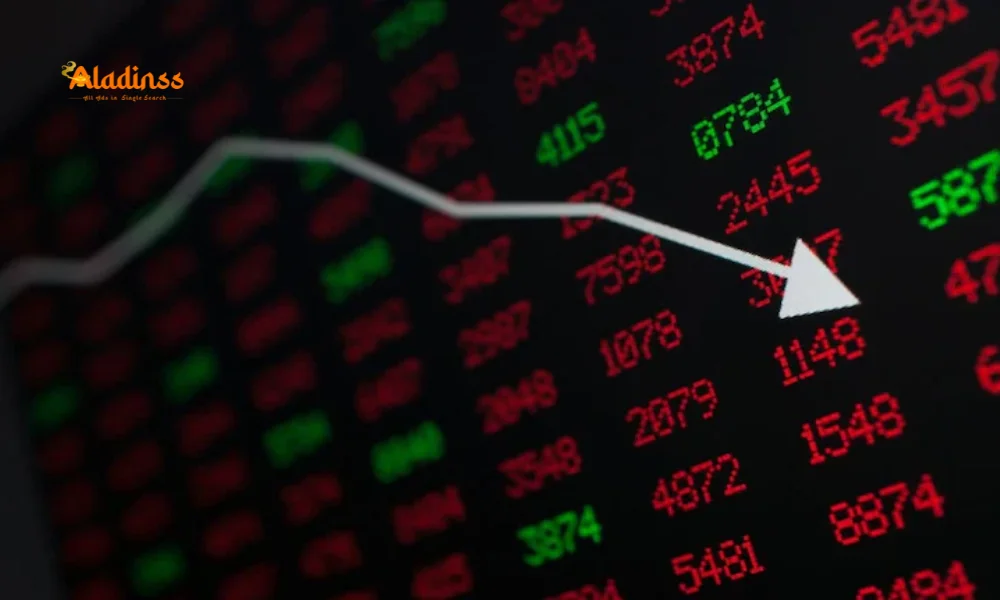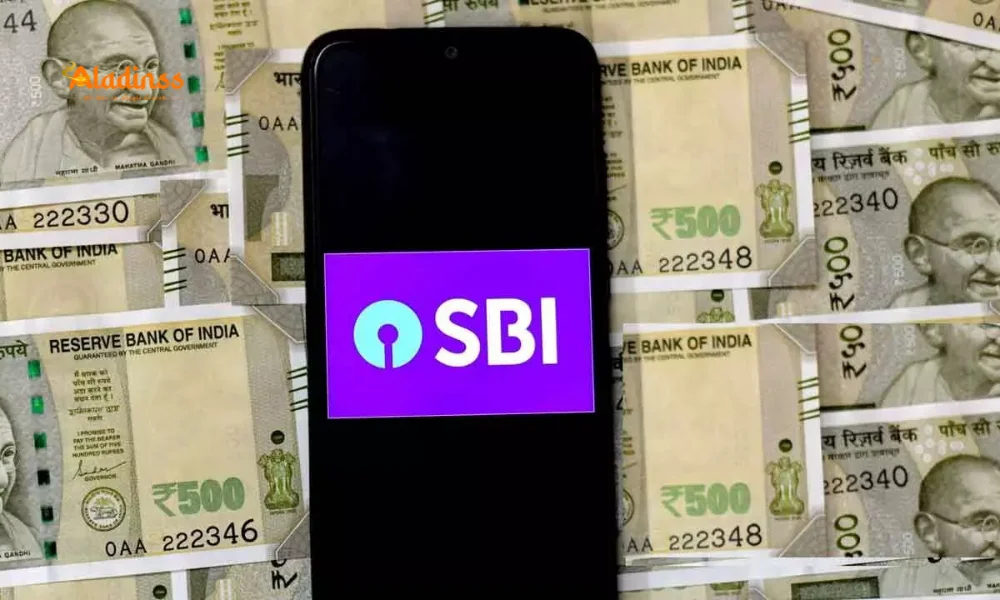UPI May Not Stay Free Forever: RBI Governor Malhotra on Need for Sustainable Model

UPI May Not Stay Free Forever, Says RBI Governor Sanjay Malhotra
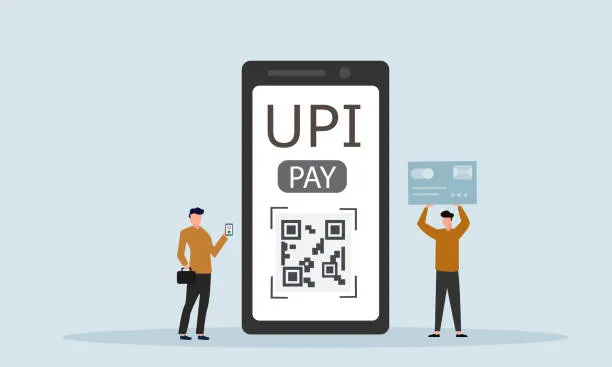
RBI Governor Sanjay Malhotra on Wednesday hinted that the Unified Payment Interface (UPI) may not remain free forever, highlighting the need for a sustainable funding model for India’s digital payment infrastructure.
Addressing the media after the Monetary Policy Committee (MPC) meeting, Malhotra said: “I never claimed that UPI would always be free. What I stated was that there are real costs involved in processing UPI transactions, and someone needs to bear them. Who pays is a matter of detail — what matters more is that someone is footing the bill.”
UPI’s Global Leadership in Digital Payments
India’s real-time payment system UPI has emerged as a global leader, surpassing Visa in transaction volume. According to an International Monetary Fund report titled Growing Retail Digital Payments: The Value of Interoperability, UPI accounts for 85% of India’s digital payments and nearly 60% globally.
UPI currently processes over 640 million transactions daily, with ₹24 lakh crore transacted via 18.39 billion transactions in June 2025. This marks a 32% year-on-year growth compared to June 2024’s 13.88 billion transactions.
Possible Shift in the Free Model
Malhotra’s remarks come amid increasing signals that the free model for UPI might change. An ET Wealth Online report suggests that ICICI Bank has introduced processing charges for Payment Aggregators (PAs) handling UPI transactions, effective August 1, 2025. While the bank has not officially confirmed the move, sources say the charges were communicated to PAs in late June.
What This Means for Users
If a cost structure is introduced for UPI, it could affect how consumers, merchants, and payment service providers interact with the platform. While small-ticket transactions might remain free to encourage adoption, larger transfers or business transactions could potentially attract a fee.
Comment / Reply From
No comments yet. Be the first to comment!

